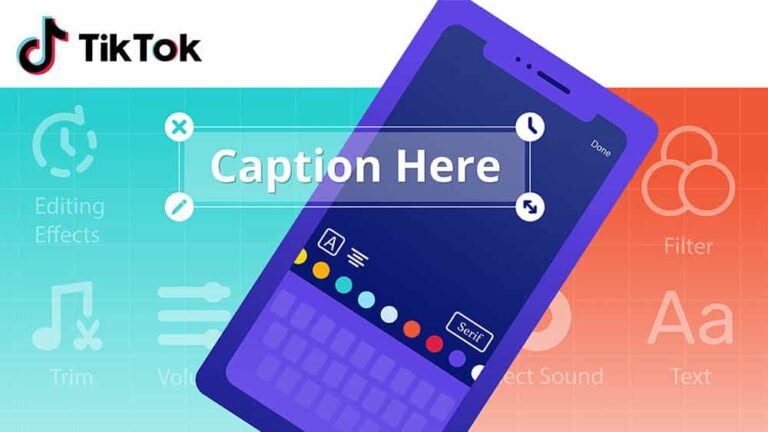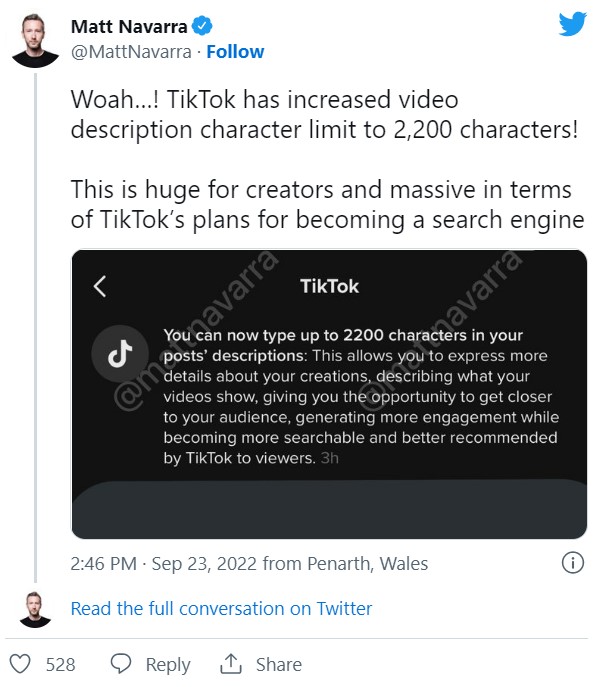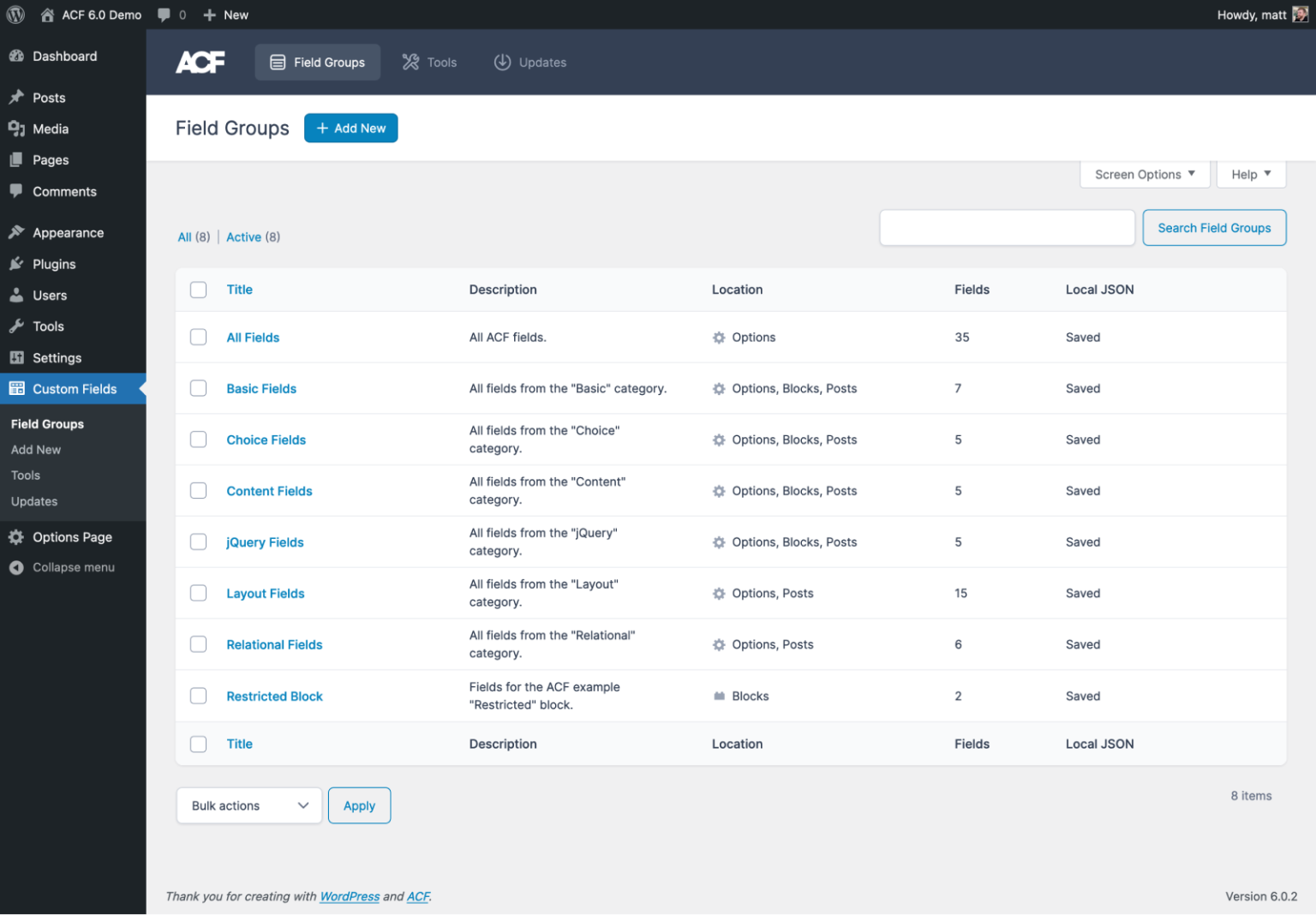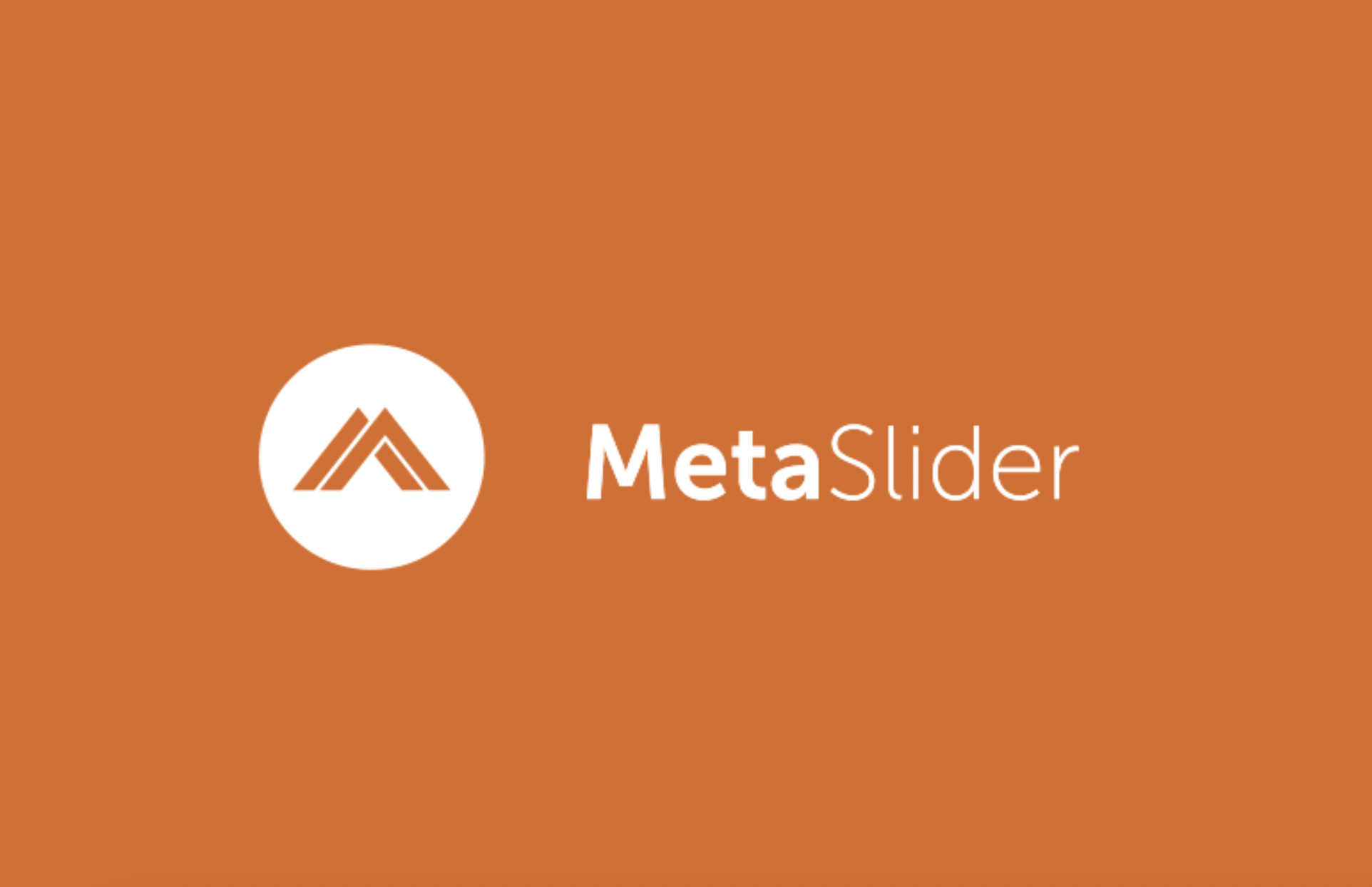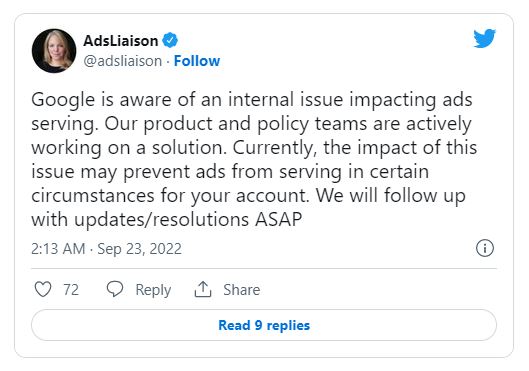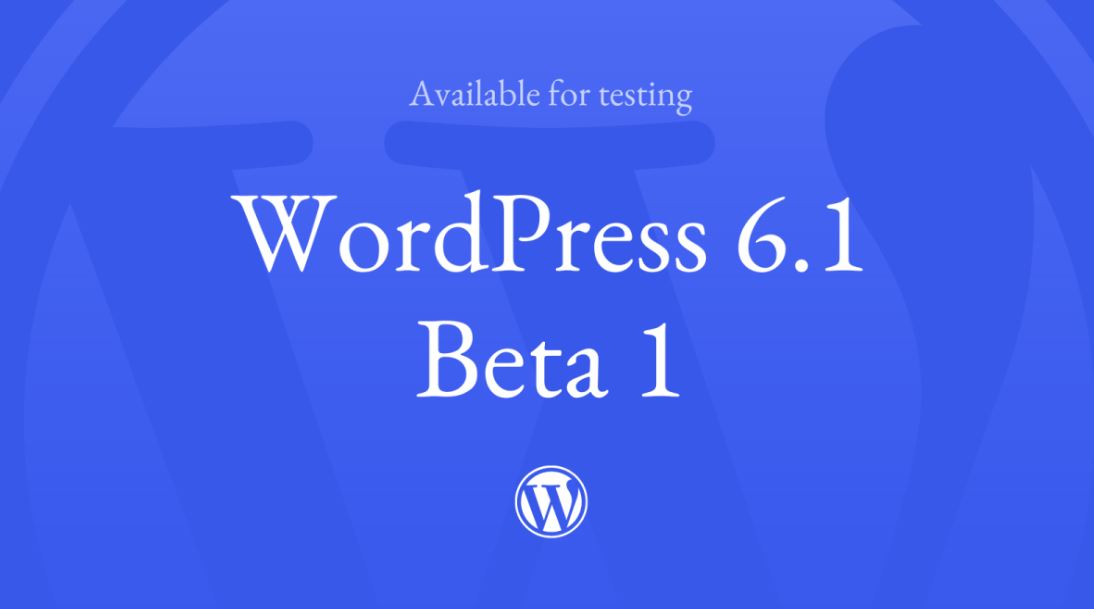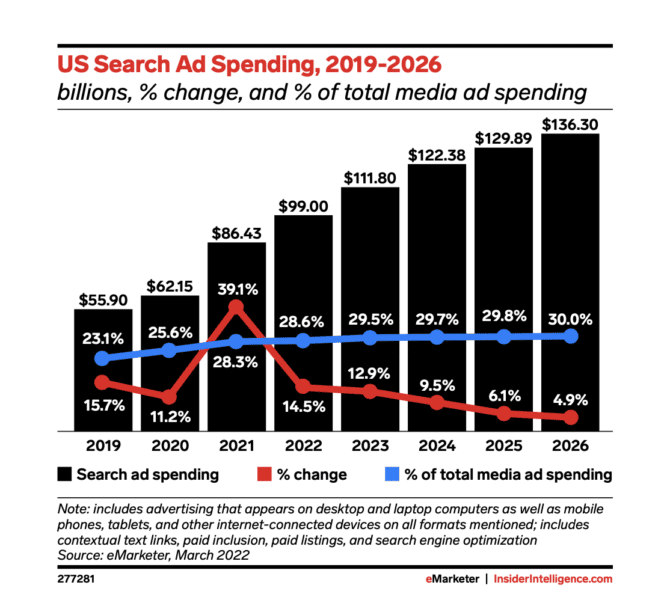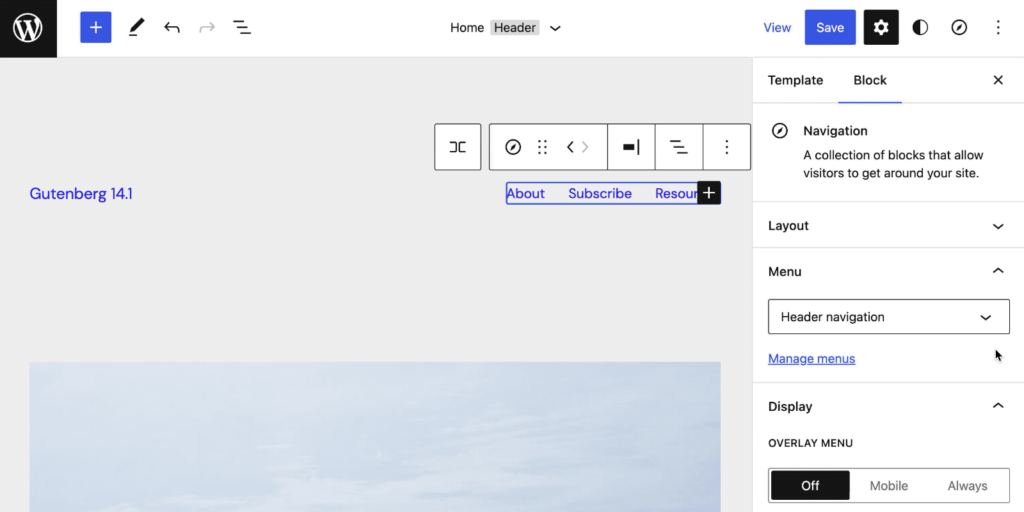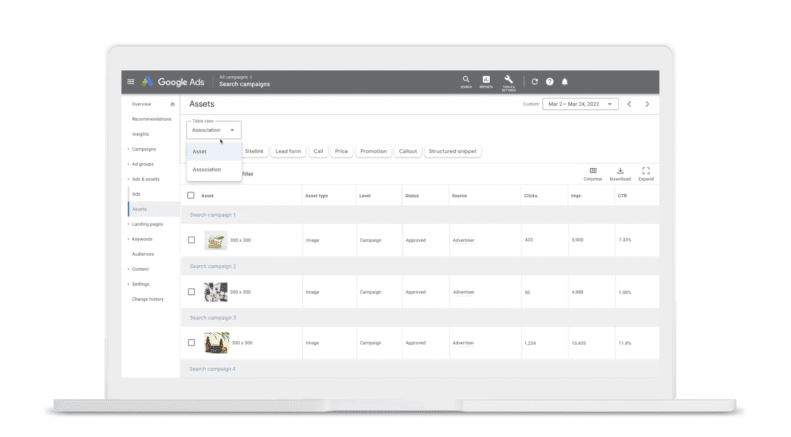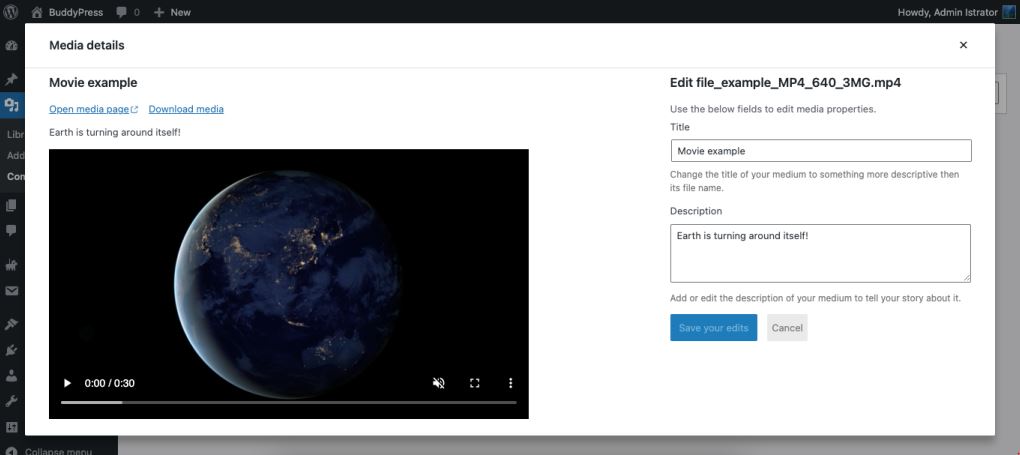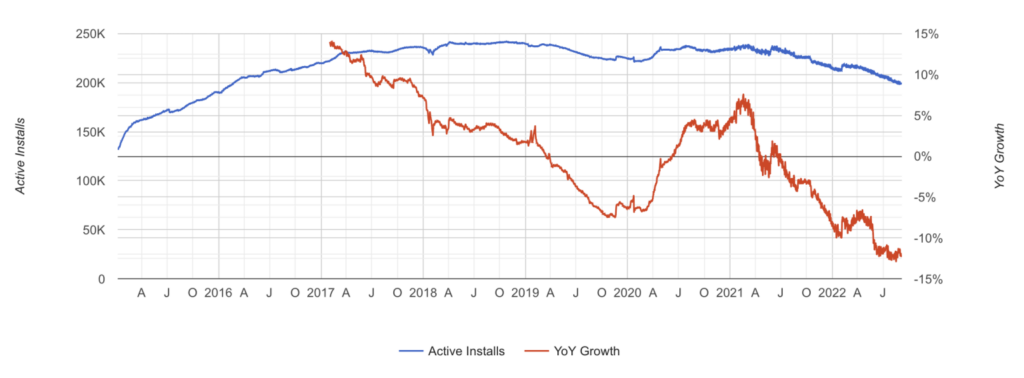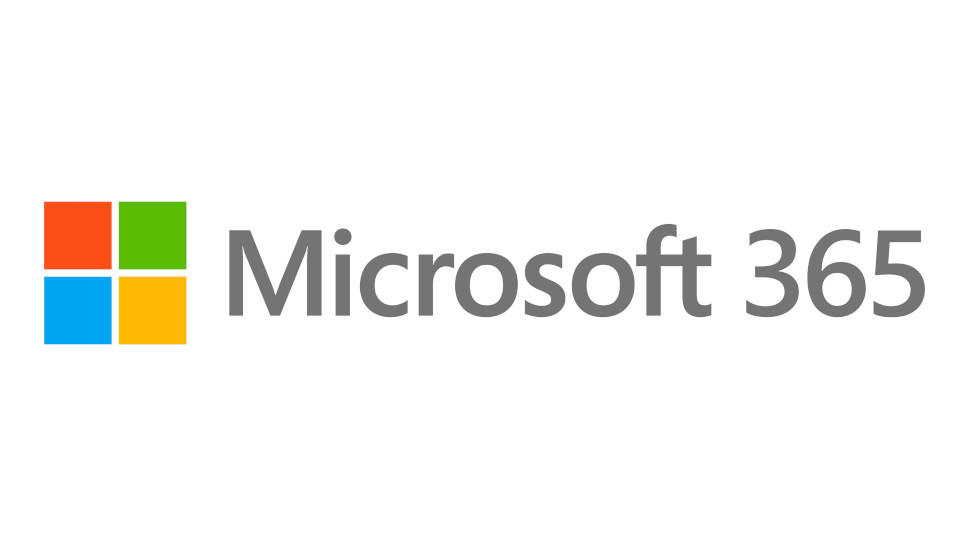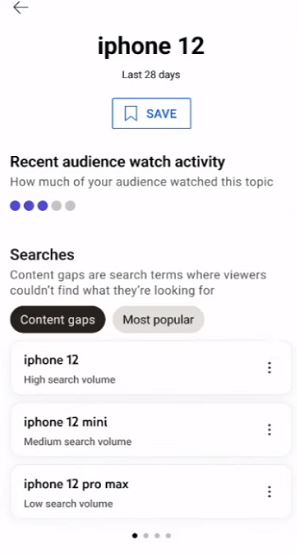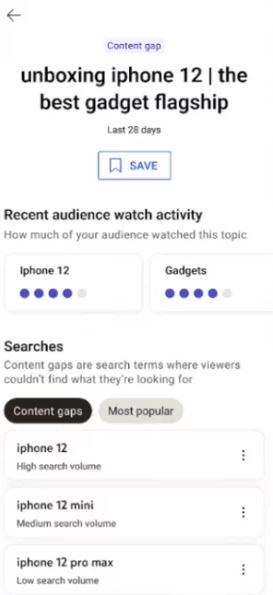5 new updates to Meta call ads
Meta just announced 5 new updates to their call ads. The new updates are intended to help businesses build better customer relationships, find more quality leads, and reach more potential customers to grow their business, they stated in a blog post.
1. Get a callback
This feature is currently being tested and gives customers the option to request a callback from a business.
2. Call Ads in Sales Objective
Businesses will now have the option to include call ads as a format under the Sales/Conversions objective in Ads Manager.
3. 60s call in Lead Gen, Traffic, and Sales objectives
Meta has added a 60-second call optimization option in lead generation, traffic and to-be-released sales ad objectives to allow businesses to optimize their ads to reach people who are most likely to engage in a longer conversation.
4. Pre-call business feature in Ads Manager
Businesses can provide additional context in ads to help educate potential customers to help them make informed decisions before they make a call.
5. In-app calling
Meta is testing a platform calling solution to enable businesses to connect with customers wherever they are browsing and allow them to continue that same experience within the app after the call is complete. Meta says that no call information is captured.
Dig deeper. You can read the blog post from Meta here.
Why do we care? Advertisers and brands on Meta such as stores, restaurants, or service-based businesses should make sure their phone numbers, business hours, and answering messages are up to date so they can be reached by potential customers utilizing these new features.
There’s no indication that these new features will increase the number of leads a brand is receiving. As with every new feature, test the optimization and reporting options to ensure they support your goals and conversion objectives.
Source: 5 new updates to Meta call ads
SEO is math
SEO often doesn’t get a fair seat at the table when marketing budgets are determined.
Even though SEO is marketing.
As we’re approaching a time when many companies are having meetings in their conference rooms to determine budget allocations for the upcoming year, I want to help further the case as to why SEO should have a voice in the room (and budget in your marketing plans).
But first, let me address a bit more why I feel SEO doesn’t get its fair shake.
Proving the value of SEO is complicated
SEO can be a challenge for some in marketing departments to wrap their heads around. There are many moving parts and it’s not as easy as PPC when you understand exactly how that works.
With PPC it’s generally a matter of:
- Choose keywords.
- Write/ place ads.
- Pay when someone clicks.
- Send that click to a landing page of your choosing.
- Report on results (sales/leads).
It’s true. SEO is more complex than this. And, because of its complexity, I will often instruct prospects to think carefully about not just when to invest in SEO, but whether SEO is even a really viable investment in the first place. Often, the answer to these questions is “it depends.”
Size of the opportunity
When determining the “value” of an SEO effort, there are two sides to the coin.
One easy metric is to consider the “replacement cost” of the traffic. If you were to buy this same traffic via PPC (that you’re considering targeting via SEO) what would it have cost? Semrush makes this available via their “Traffic Cost” metric:

Understanding the traffic potential of SEO efforts
But if you’re a mature marketer, you will try to move beyond just “click value” to something more meaningful.
- Tangible value.
- Sales.
- Leads.
- Downloads of white papers.
- Sign-ups for webinars.
How you measure this will depend upon whether your business is eCommerce or B2B/lead gen. For both verticals, you’ll need to do two things:
- Identify the possible keywords that you’ll want to target.
- Determine what it might take to compete (i.e., site structure/link acquisition).

Since I’m assuming that you’re a marketing head and perhaps not an SEO, here’s how I would quickly suggest you conduct this type of assessment.
Source: SEO is math
Google Highlights Online Discussions & Forums In Search Results
A new feature in Google Search will highlight results from a wider selection of online discussions and forums.

Google is rolling out a new addition to search results that highlights what people are saying about a topic in online discussions and forums.
Announced today at Google’s ‘Search On’ virtual event, the discussions and forums feature expands on the search company’s efforts to serve links to relevant forum posts.
Also announced at Search On, Google is breaking down language barriers in news by making it easier to find translated stories.
Here’s more information about the features announced today at Google Search On.
Discussions & Forums
Google is delivering on a top request from searchers to surface more results from online discussions and forums.
Rolling out now, English users on mobile in the US will see a new search feature with links from a wide selection of forum posts.
You can see what the feature looks like in the example below:

Google says it may update the discussions and forums feature in the future as it learns which results are most useful for people.
Google launches its core and product review update

Google announced that it’s done with the new updates of September 2022. It will soon be rolling out the updates. The company confirms that the core algorithm update and product review update are complete.
The company informs this update through the search ranking update page. The work on the core updates began two weeks ago, on 12 September. However, the company started working on a product review update a week later.
No matter when the work began, both the updates are ready to go in the market on 26 September. The period for the updates is ideal. Now the credibility of the updates will be clear after the market reports. The website’s rankings and traffic patterns will eventually decide this.
Now when the users see any significant changes, they will become sure that it’s due to the result of one or both the updates. The core update and product review update will bring some major changes.
The updates that the company brings will affect the entire site. The core updates can affect all the search results. The core updates, unlike the updates, target the whole site rather than specific elements.
However, the core updates focus on the importance of the entire website rather than individual issues. The things like ads on the page, usability, etc., will come under core updates.
Source: Google launches its core and product review update
More news:
Windows 11 will now warn if you accidentally type out your password
TikTok video descriptions now have a 2,200 character limit
ACF 6.0 Introduces Refreshed Admin UI and ACF Blocks Version 2






